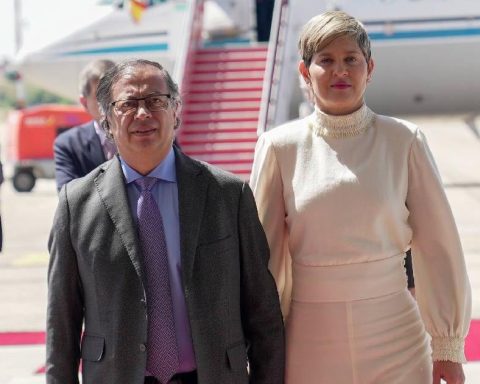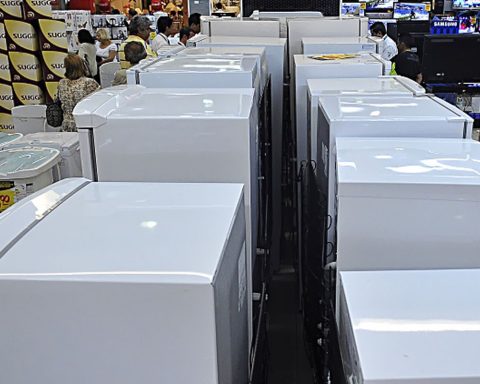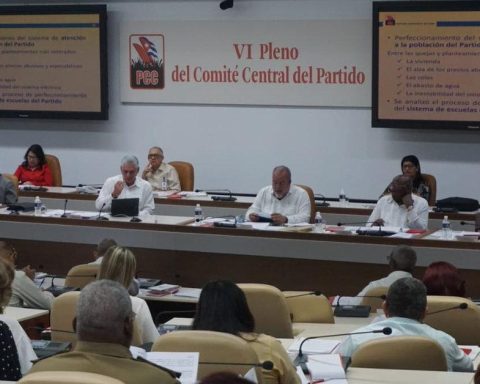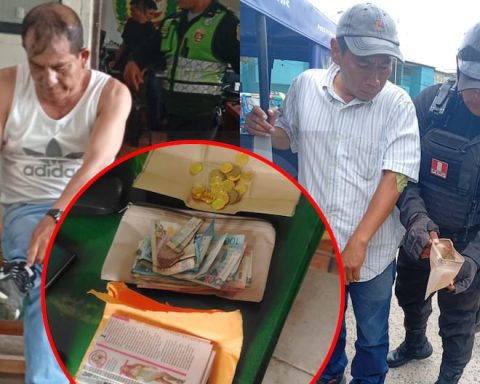The national government, the head of the National Planning Department (DNP) presented the document Colombia Vision 2050, a roadmap for the next 28 years in the country with the aim of improving development conditions.
(Read: Subsidized regime proposes improvements in the EPS, but not eliminate them).
The strategy is based on a series of goals around topics such as repoverty reduction, climate resilience, carbon neutrality, higher productivity, as well as institutional strengthening. And according to the director of the DNP, Alejandra Botero, this document outlines an “aspirational, concrete and comprehensive vision” of Colombia in the long term.
According to the official, the Colombia 2050 Vision is made up of four main points. The first, that the country be carbon neutral by that date; have a consolidated middle class with zero extreme poverty; achieve a productive transition and territorial equity.
“Those great points of arrival cannot be sustained without a framework: human capital, social capital, environmental capital and economic capital, and the trunk of this is sustained with intermediate agendas.”, said the official.
Among some of the specific goals established by the document, which according to the Government will be available to the public from next week, is that the population be reduced by situation of extreme poverty 0% for that yearand that the middle class reaches 55.4% of the population, while it is currently at 27.8% and the idea is that by 2030 it will approach 37.4%.
In terms of productivity, the objective set out in the roadmap is to go from a GDP per capita of US$6,197 in 2021 to US$31,154 in 2050, while in the case of territorial development strategies it is expected that the income of the territories go from being 23% to at least 50%.
Regarding productivity, it is expected to reach a rate of 1.1%, considering that this indicator is currently negative.
“What we want is a living document, where we have the most desirable scenario in the country, where we recognize global trends and, of course, the Colombian context, which articulates existing policies and builds on what has been built. That it includes existing policies, the results of missions and Conpes, what we have in sectoral policies and plans, that allows us to project ourselves in the long term and is an input for the discussions of the country that we dream of,” said Botero.
The director of the DNP also highlighted that several “growth traps” persist in Colombia, such as the stagnation in total factor productivity, a social vulnerability trap that makes it easy to fall into poverty, as happened with the pandemic. He assured that there is also an institutional trap, especially trust in institutions, and an environmental trap, “where we have a north, but we are producing a high number of greenhouse gases.”
(Also: The economic limits that prevent megaships from increasing in size.)
For his part, President Iván Duque, who also participated in the event, stressed that “this document is a purpose that we have been developing throughout this government. We took out the prospective exercise, which is important, on realities that seem invisible, such as the fact that we are going through a pandemic.”
The president also highlighted how the country has been making progress in different areas, such as attention to climate change.
LAURA LUCIA BECERRA ELEJALDE















